
®
SHIPSPOTTING.COM
WELCOME TO SHIPSPOTTING.COM
FRINES - IMO 7632876
Photo
details
Photographer:Paul Tunney [ View profile ]
Title:Frines
Location:Liverpool, United Kingdom
Photo Category:General Cargo Ships Built 1970-1979 (over 3000gt)
Added:Jan 30, 2020
Views:1,084
Image Resolution:2,350 x 1,467
Description:
Gladstone Basin 1985
Vessel
particulars
Current name:CAPITAINE COOK
Former name(s):
- Capitaine Cook Ii (Until 2006 Feb)
- Megoni (Until 2004 Aug)
- Frines (Until 2004 Feb)
- Freenes (Until 1992 Nov)
- Frines (Until 1988)
Vessel Type:General Cargo
Gross tonnage:8,967 tons
Summer DWT:12,358 tons
AIS Position
of this ship
There is no AIS Position Data available for this ship!
Would you like to add AIS Coverage?

Photo
Categories
This ship exists in the following categories:
General cargo ships built 1970-1979 (Over 3000gt) - 19 photos
Photographers
of this ship
(10)
1 photos
3 photos
1 photos
2 photos
1 photos
1 photos
4 photos
1 photos
1 photos
4 photos
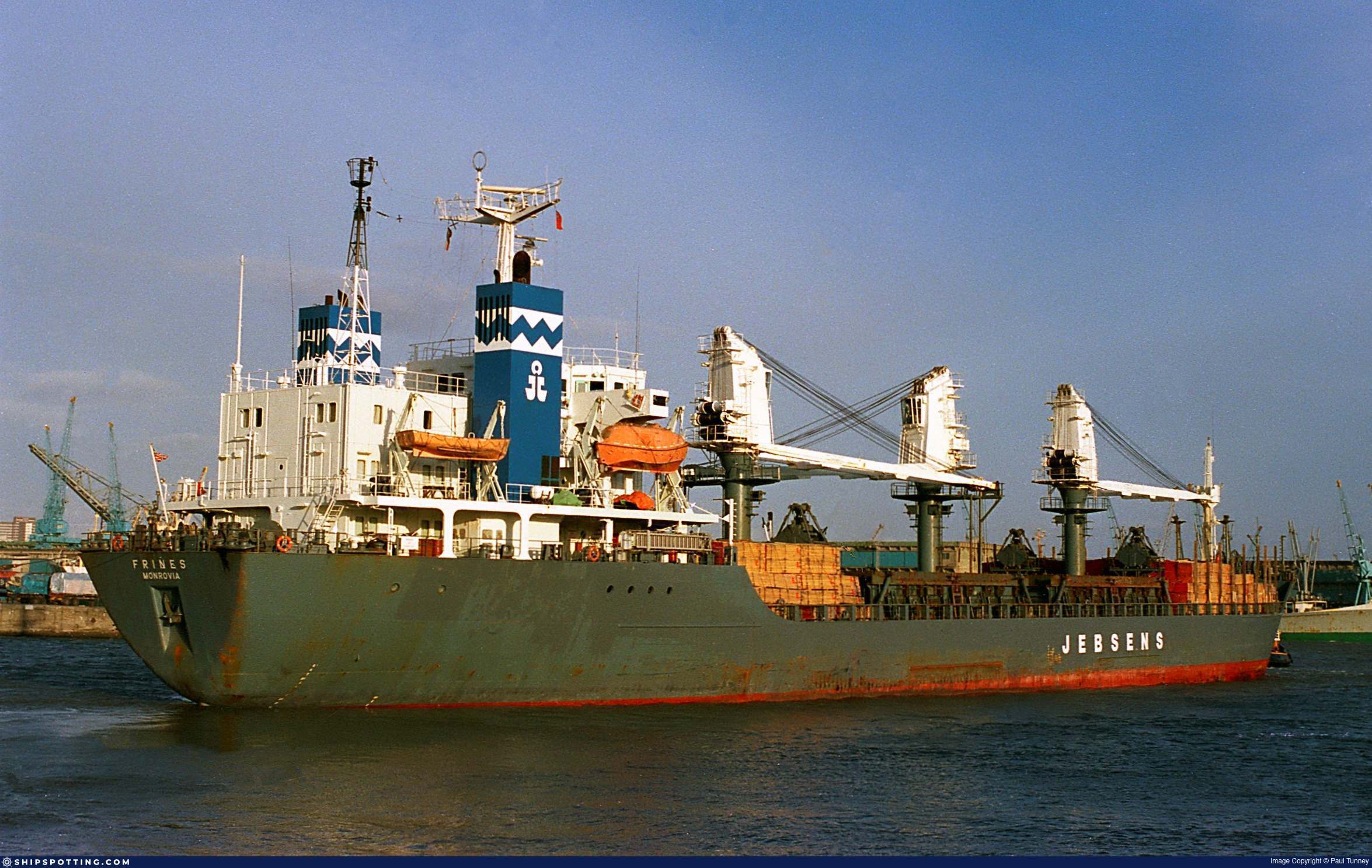

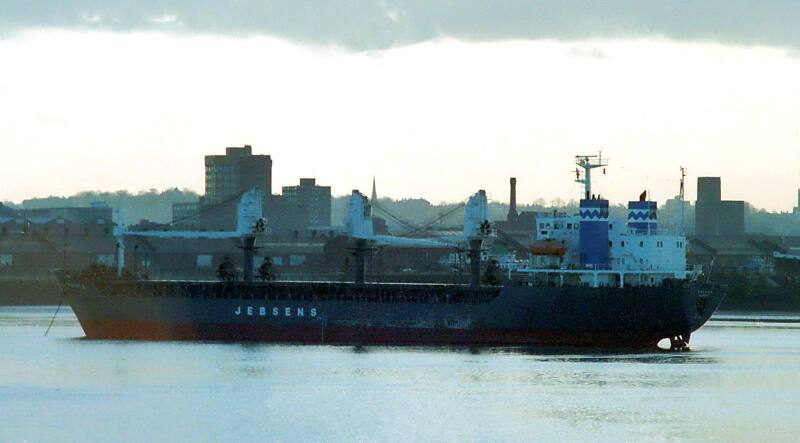
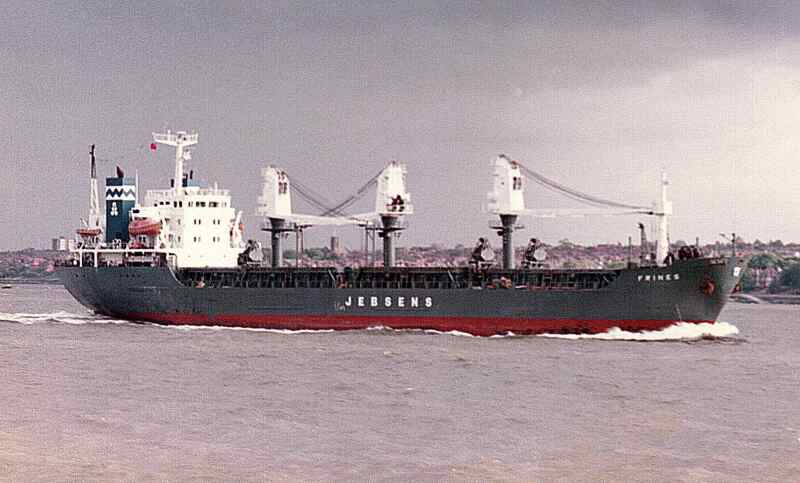
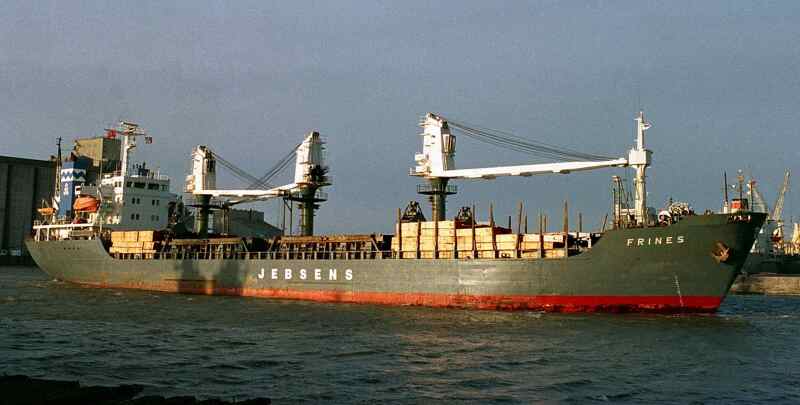
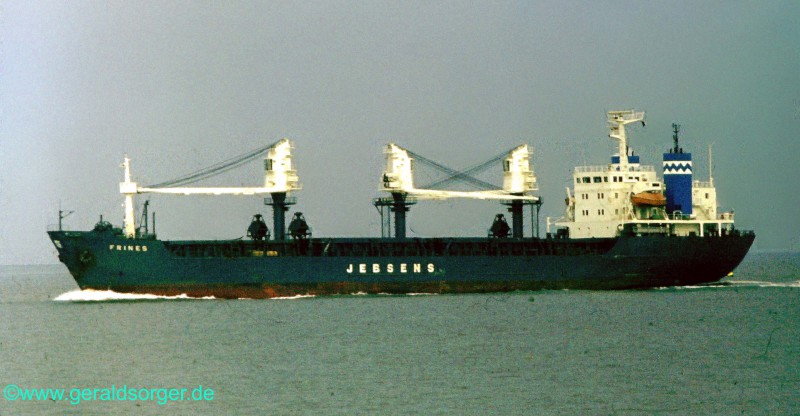
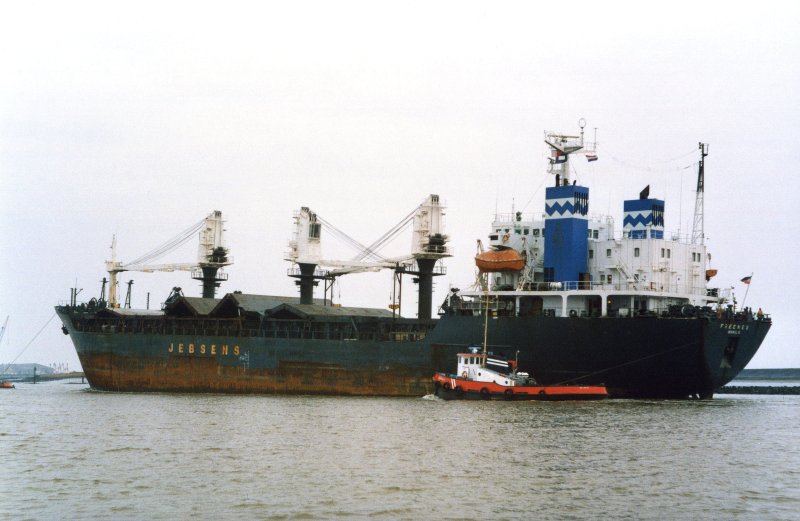
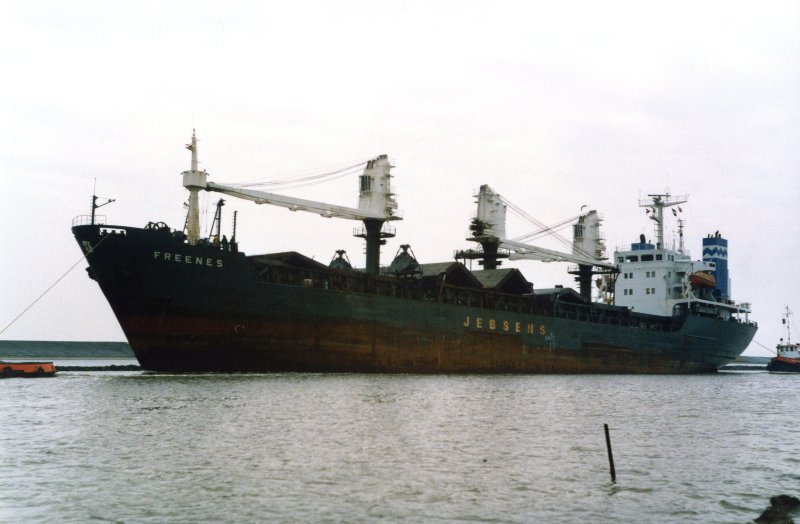
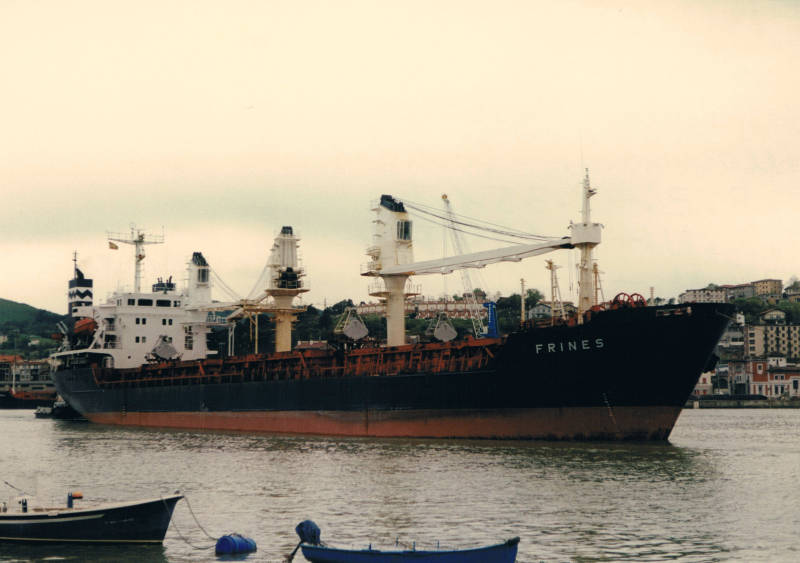
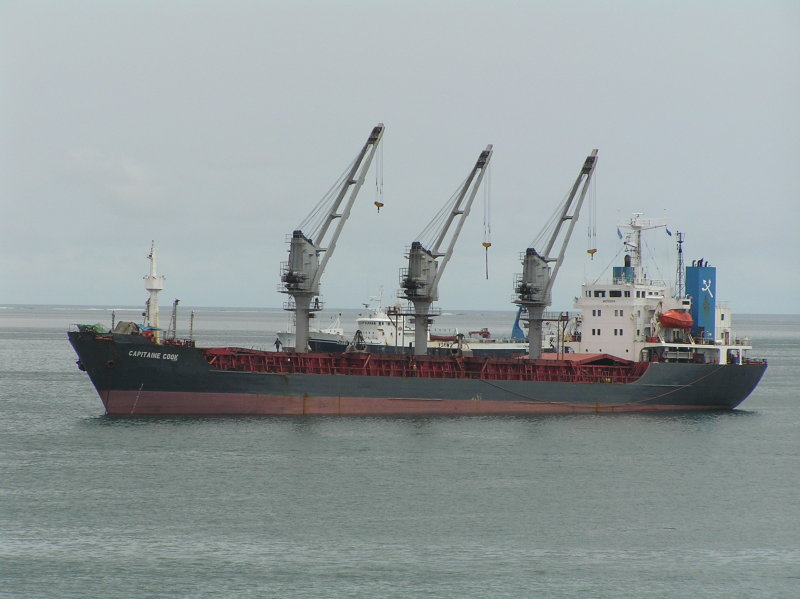


COMMENT THIS PHOTO(15)
Allan
Edit
comment
"The Green Dolphin 575 is a 190m long Common Structural Rules (CSR) compliant handymax bulk carrier with five cargo holds. It is available in single hull standard or double-hull (open hatch) configurations"
So we have the same ship (a bulk carrier) in normal and open hatch configuration. According to what we do here now, one is a bulkcarrier, the other is a general cargo ship.
(About as similar as the difference between an Aframax and an LR2, but both these ships come at least under the tanker category).
Edit
comment
Edit
comment
Edit
comment
Edit
comment
Edit
comment
The classification societies generally classify dry cargo vessels built to other than the above specifications as general cargo ships. Multi-purpose, open-hatch dry cargo ships, with their box-shaped holds, full-width hatches and double-skinned sides, can also carry bulk cargoes, as well as packaged timber and containers.
In the industry they are often known as open-hatch bulkers, and smaller, box-hold coasters are referred to as mini-bulkers. But the classification societies’ definitions are what appear in the information sources that are most used by enthusiasts so, in my opinion, it is most appropriate that these categories are used by this site, where many users are not experts in naval architecture or shipping trades
Edit
comment
https://www.opensea.pro/blog/minor-dry-bulk-commodities
Edit
comment
Edit
comment
Edit
comment
Edit
comment
Edit
comment
Edit
comment
Edit
comment
Edit
comment